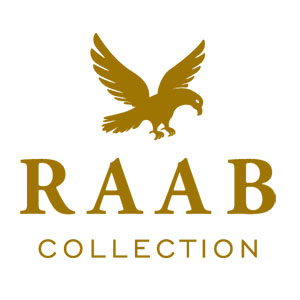signed
24/05/1911
by George V
24/05/1911. Very uncommon, the first such invitation we have hadThe Edwardian Age - the years of the reign of King Edward VII - lasted from 1901-1910. It was a romantic golden age of long summer afternoons and garden parties, basking in a sun that never set on the British Empire. Britannia ruled the waves, and the carnage of World War I was unimaginable and still in the future. Rapid industrialization increased economic opportunity, creating conditions that allowed for more social mobility and prosperity, and with it more social change. There was also a rise in social concerns and attention to the plight of the poor, as well as a push for women's voting (truncated)



